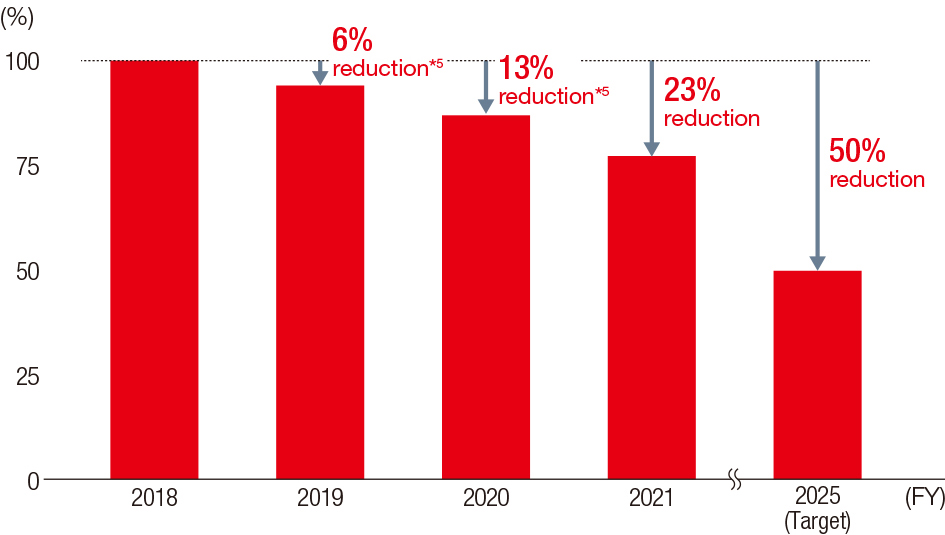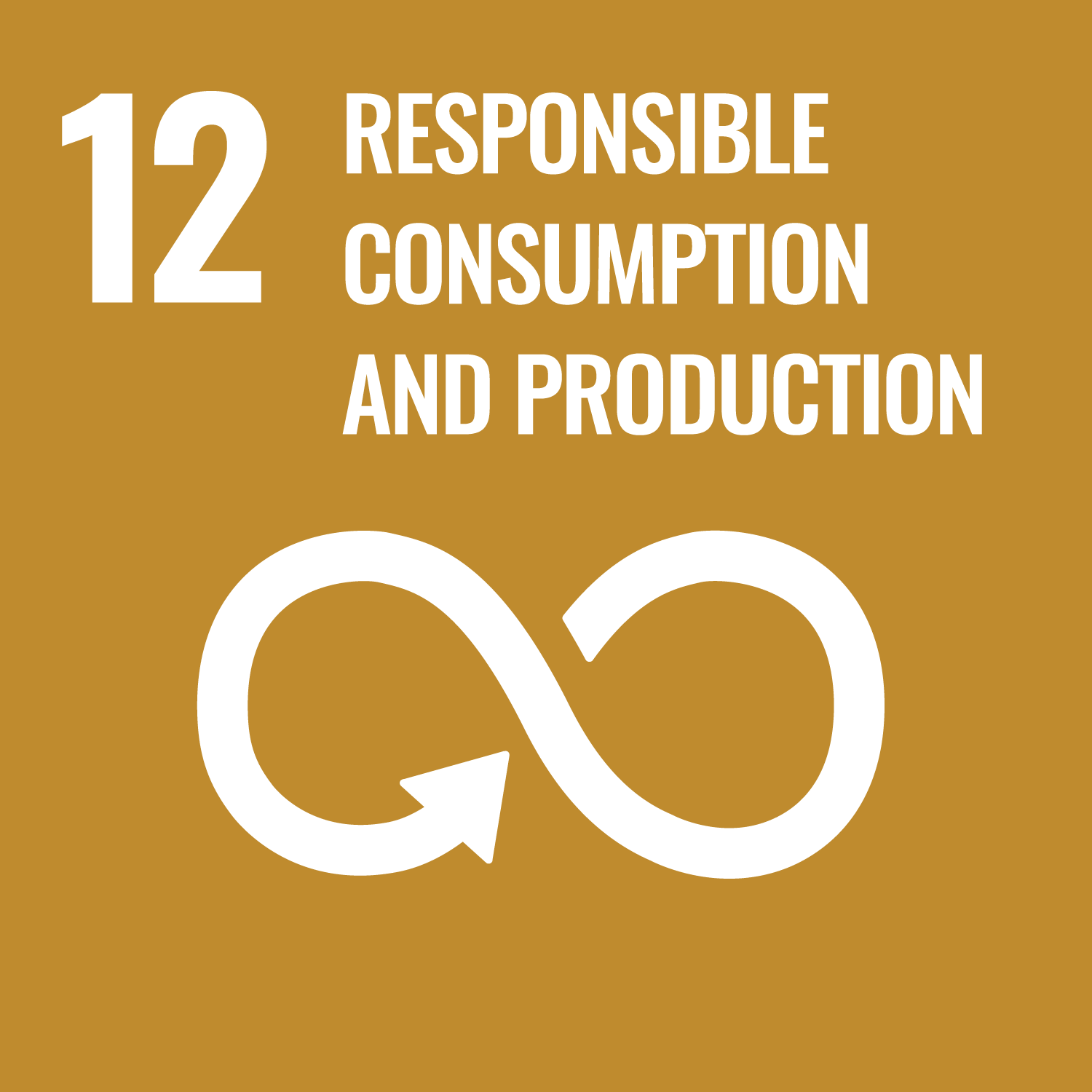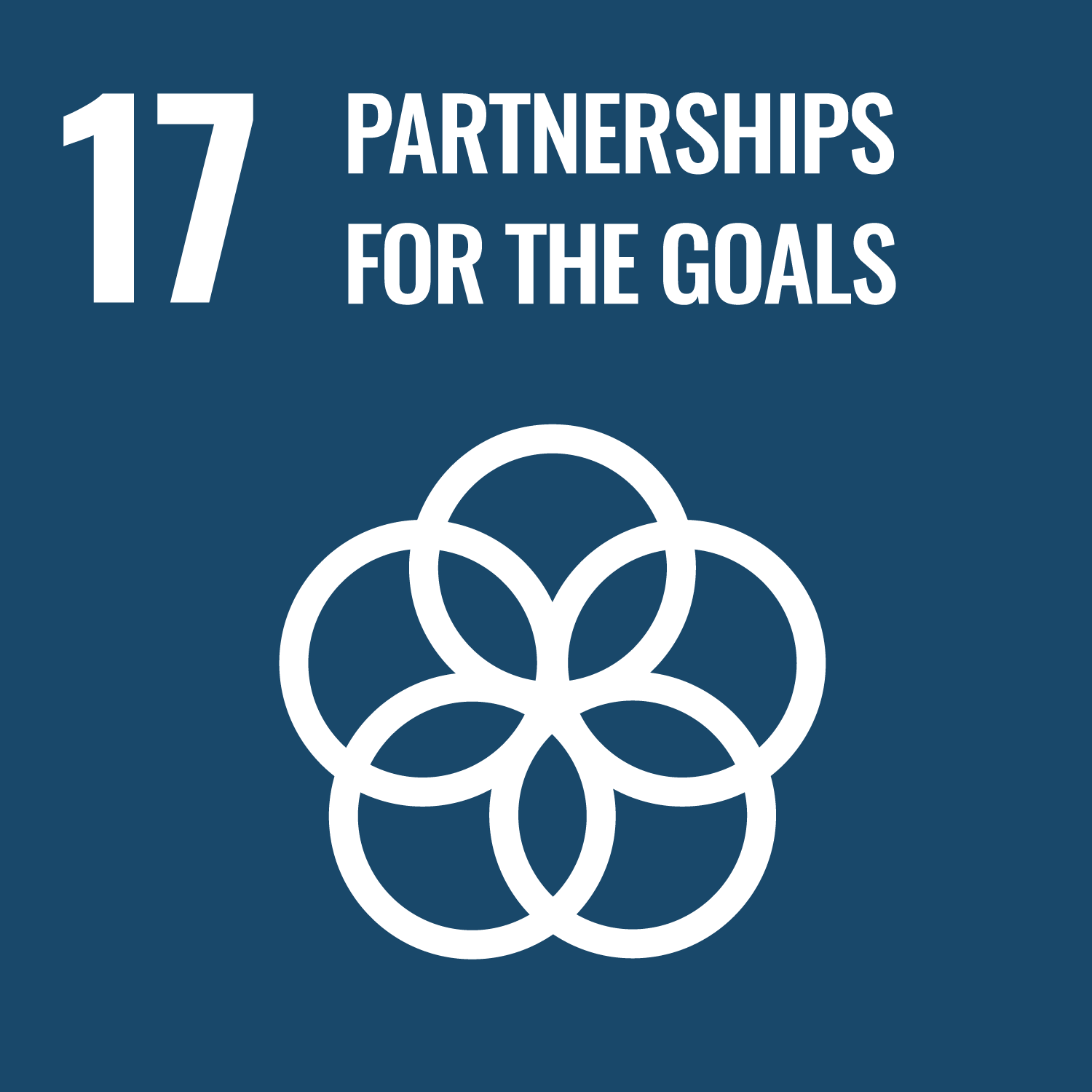Reduction of food loss and waste
Approach
Global food loss and waste has risen to nearly 1.3 billion tons annually*1. This figure represents one-third of all the food produced for consumption in the world. This food loss and waste occurs throughout the supply chain, from the farm to the dinner table. Food resources are limited. At the same time, the global population is growing and demand for food is expected to rise as well. In this context, reduction of food loss and waste is a critical issue.
The Ajinomoto Group aims to reduce food loss and waste through the product lifecycle, from the acceptance of raw materials to customer consumption. We will accomplish this effort by working closely with our suppliers and consumers.
*1 Source: Global Food Losses and Food Waste, 2011; Food Agricultural Organization
Specific examples
- Efficient use of materials
- Consumer edification (sustainable consumption, etc.)
- Waste reduction in the distribution process
Related opportunities and risks ( Opportunity
Opportunity  Risk)
Risk)
 Cost reduction through efforts to improve yield in the manufacturing process, reduce product returns and waste
Cost reduction through efforts to improve yield in the manufacturing process, reduce product returns and waste Damage to corporate value due to delays in addressing food loss and waste
Damage to corporate value due to delays in addressing food loss and waste
Key initiatives by the Ajinomoto Group
- Reduce losses in the production process
- Optimize supply-demand/supply/sales balance and extend best-before dates
- Pursue greater usefulness and efficiency
- Collaborate with suppliers, retailers, and distributors
- Develop products useful in reducing waste
- Engage in activities to reduce loss among consumers
Related SDGs
-
Food loss and waste reduction rate per production volume unit*2(vs. FY2018)

*2 From the acceptance of raw materials to delivery to customers
Activity Report
- ASV Report p.47 “Approach to reducing our environmental impact by 50%”
- Environmental management
- Contribution to reducing food loss and waste



